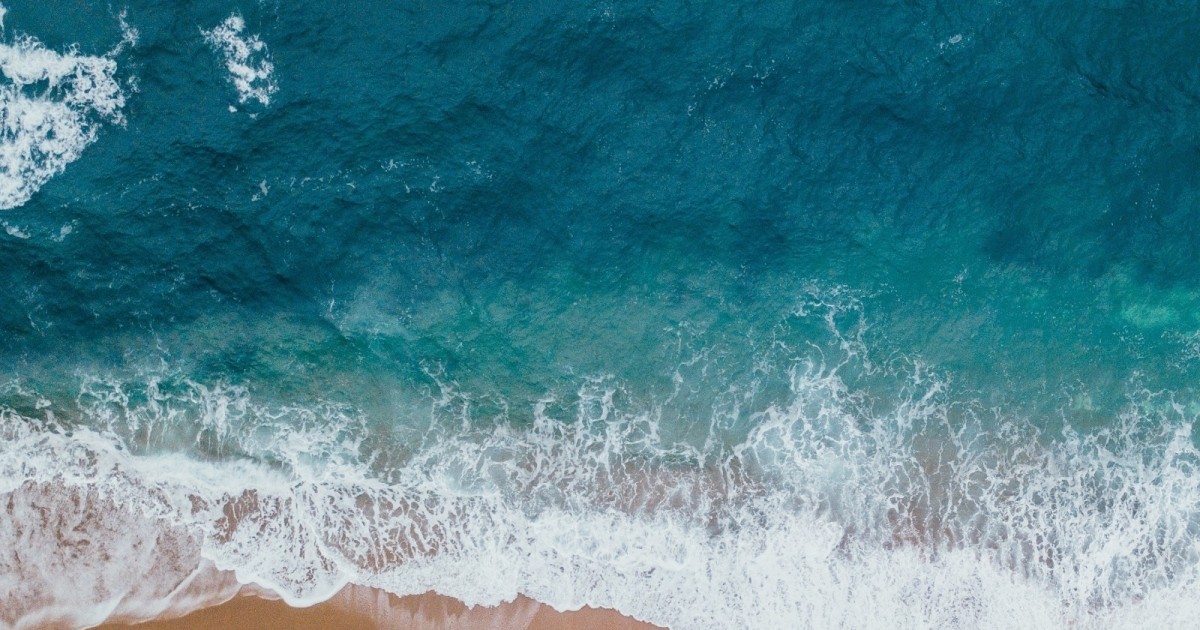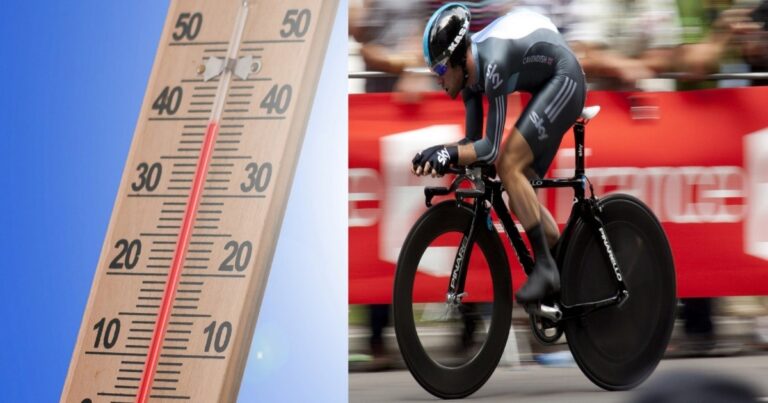The difference between sea and ocean lies in the extension they possess, since seas are smaller than oceans, being, therefore, part of them. The seas are closed, whereas the oceans are open and have greater depth.
Seas and oceans correspond to the liquid masses of planet Earth that cover the continents, rivers, lakes and lagoons. They are formed by large portions of salt water and cover about 71% of the Earth’s surface.
As such, the oceans possess a immense saltwater surface with ocean currents and great depths.The seas, on the other hand, are masses of salt water, shallower and smaller in depth and size.located between the land and the oceans. There are also seas as large salt lakes, for example: Caspian Sea, Dead Sea, Aral Sea.
On the other hand, on the depth also influences the temperature. In the oceans, the temperature is of lower degree, approximately about 4 degrees at any place. On the other hand, the seas, being closer to the land, receive solar radiation, and temperatures can vary, for example: in the Caribbean or Mediterranean Sea the waters are warm and in the North Sea they are colder.
With global warming, the volume of water in the oceans and seas has increased in recent years as a result of the melting of the poles.
The sea is home to a diversity of species that benefit from the sun’s rays. In the oceans, on the other hand, there are few animal and plant species adapted to the depth and low temperatures, for example: abyssal fish (snail fish, shark, sea devil, dragon fish, etc.).
However, with the biological, physical and chemical pollution, caused by the excess of garbage in the seas, have caused the mortality of various species, and an environmental imbalance. Hence the importance of preserving the planet’s water, essential for the survival of animal and plant species.
Seas of the world
According to the International Hydrographic Organization, there are about 60 seas in the world, the most important being:
- Antilles Sea: also called the Caribbean Sea, located between Central and South America, with an area of 2.7 million km².
- Aral Sea: located in Central Asia, with an area of approximately 68 thousand km².
- Baltic Sea: located in northeastern Europe, with an area of 420 thousand km².
- Caspian Sea: located in southeastern Europe, with an area of 371 thousand km².
- Mediterranean Sea: considered the largest continental inland sea in the world, located between Africa and Asia, with an area of approximately 450 thousand km².
- Dead Sea: located in the Middle East, with an area of 650 km².
- Black Sea: located between Europe, Anatolia and Caucasus, with an area of 436 km².
- Red Sea: located between Africa and Asia, with an area of approximately 450 thousand km².
World oceans
There are five oceans on planet Earth, such as:
- Atlantic Ocean: located between America, Europe and Africa, with an area of 106 million km² and a maximum depth of 7,750 meters. It has the largest trade flows (export and import).
- Pacific Ocean: considered the largest and deepest ocean on the planet, located between Asia, America and Oceania, it has a total area of 180 million km² and a depth of approximately 10,000 m.
- Indian Ocean: located between Africa, Asia and Oceania, with 74 million km².
- Arctic Ocean: located in the northern hemisphere, with 14 million km².
- Antarctic Ocean: located in the southern hemisphere, with an area of 22 million km².




